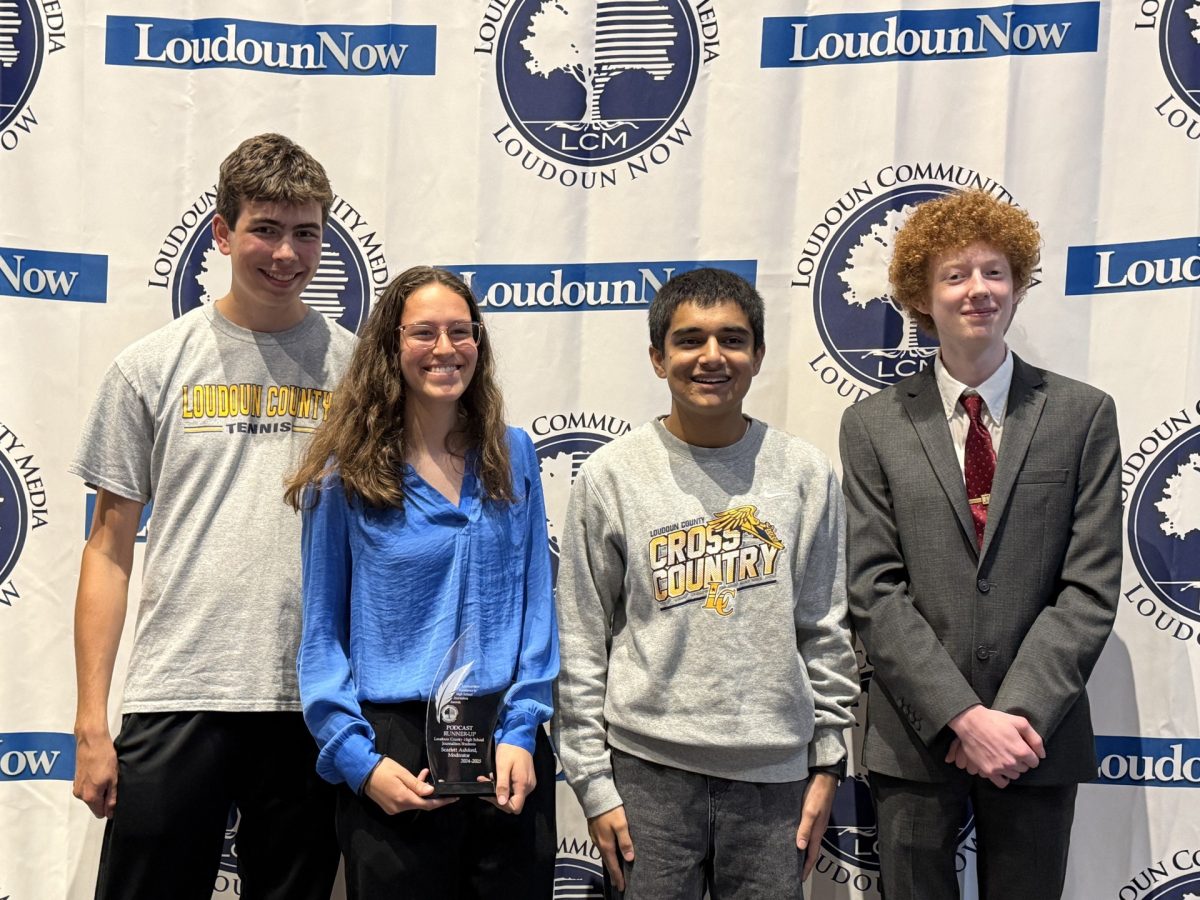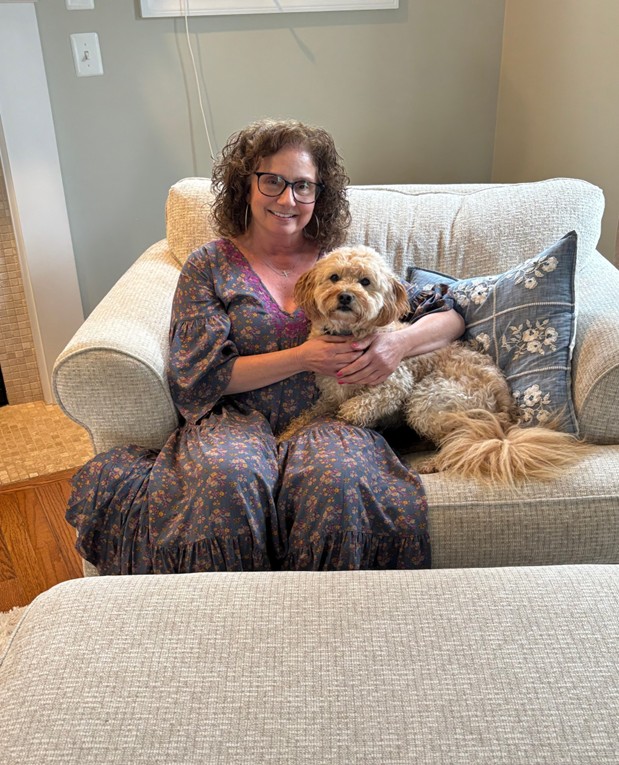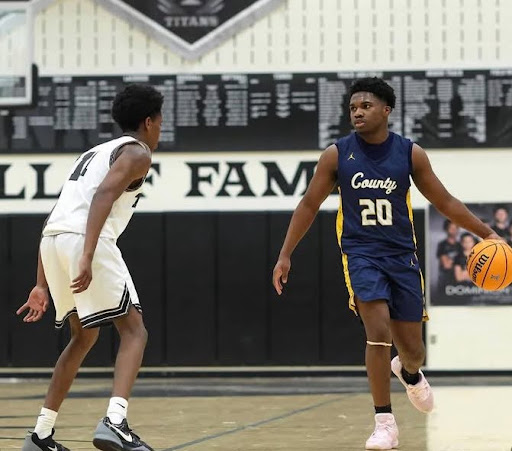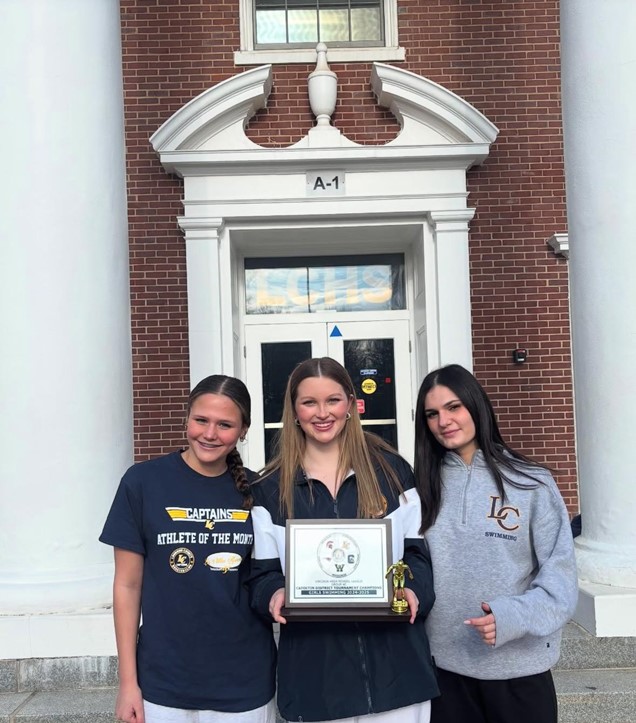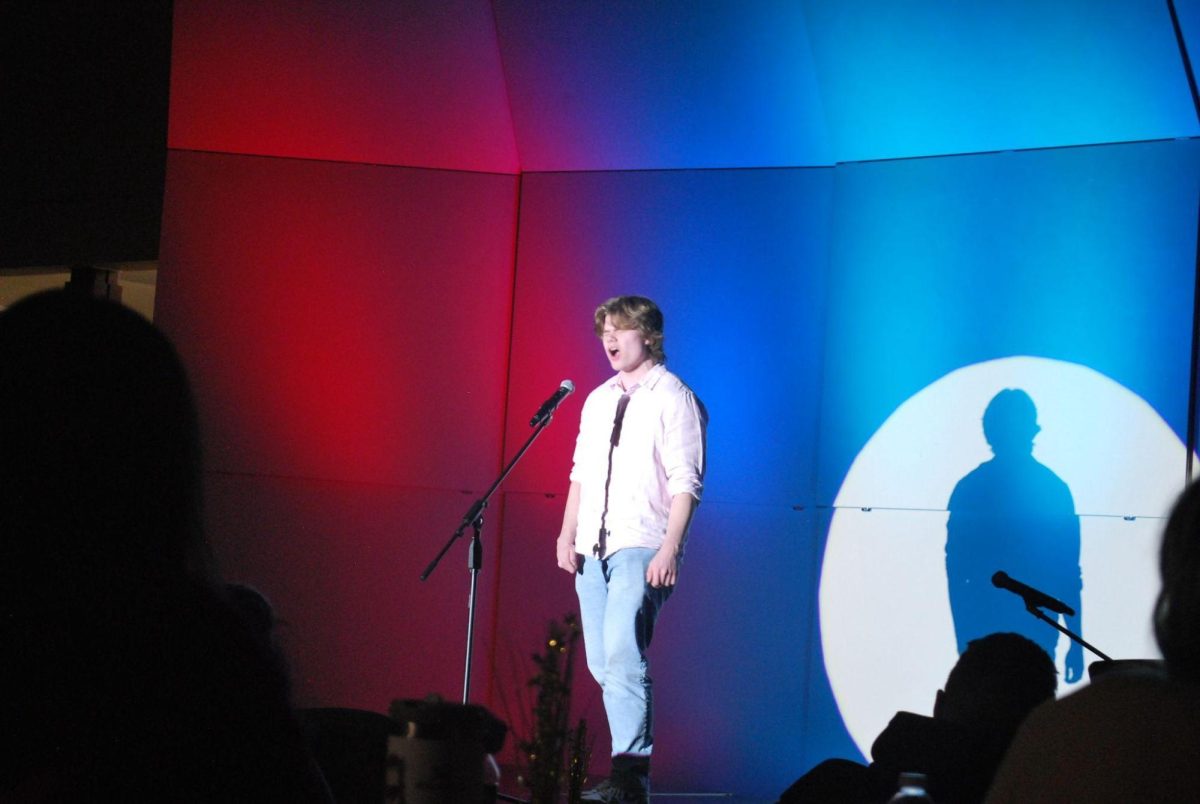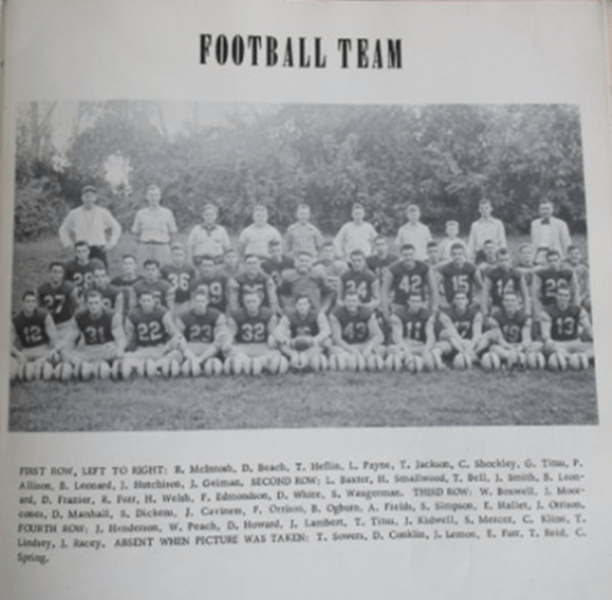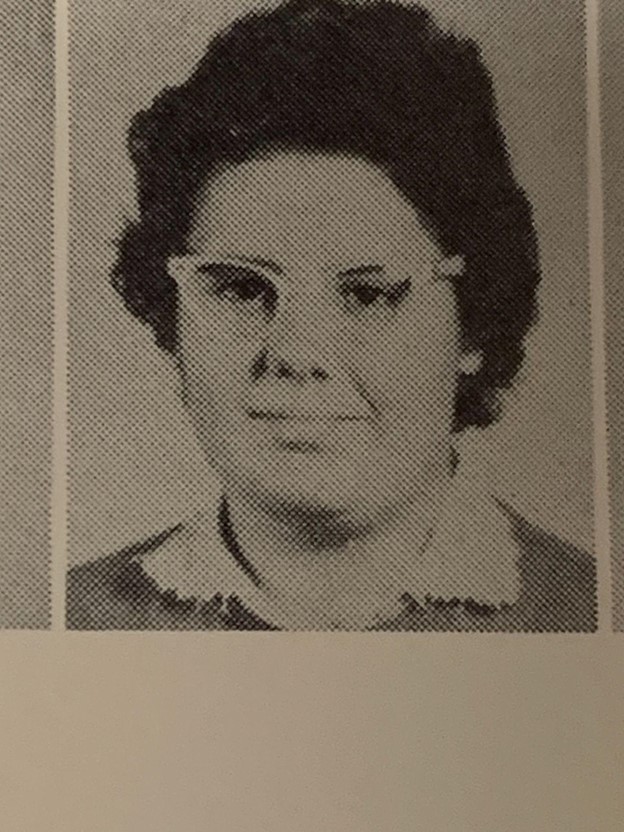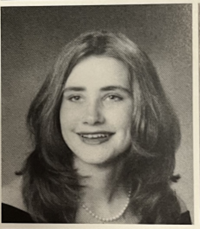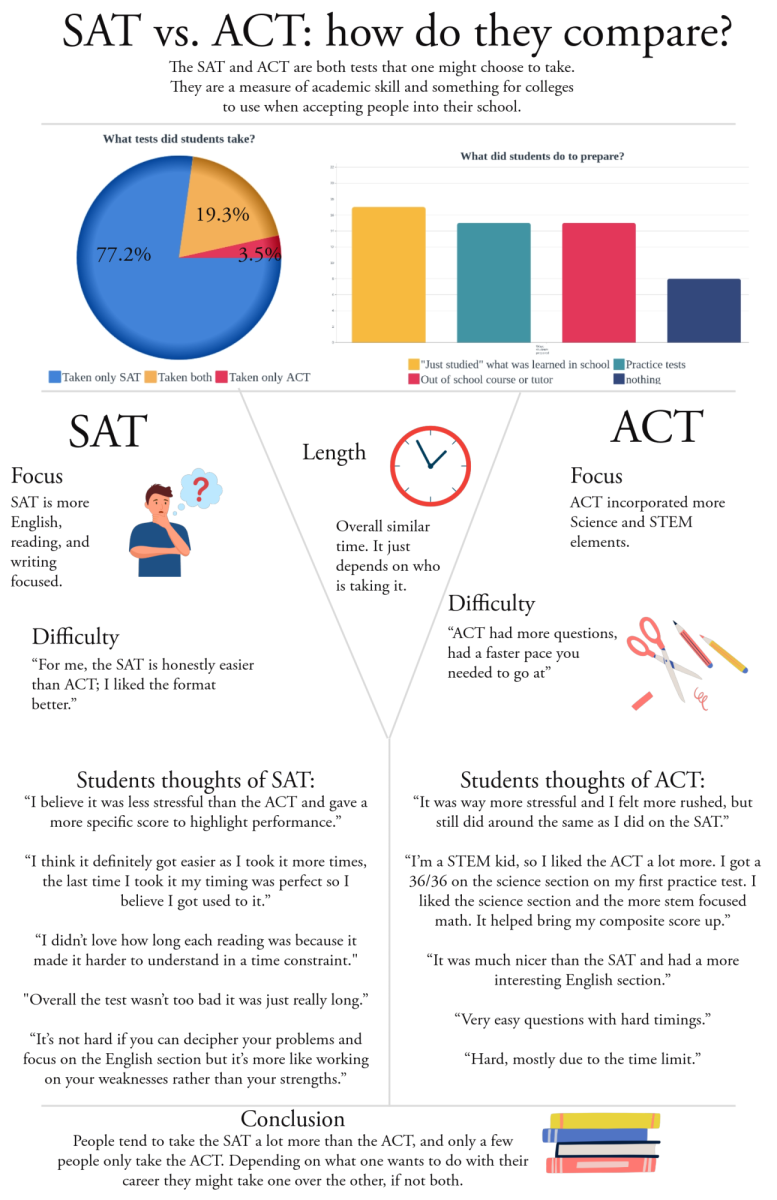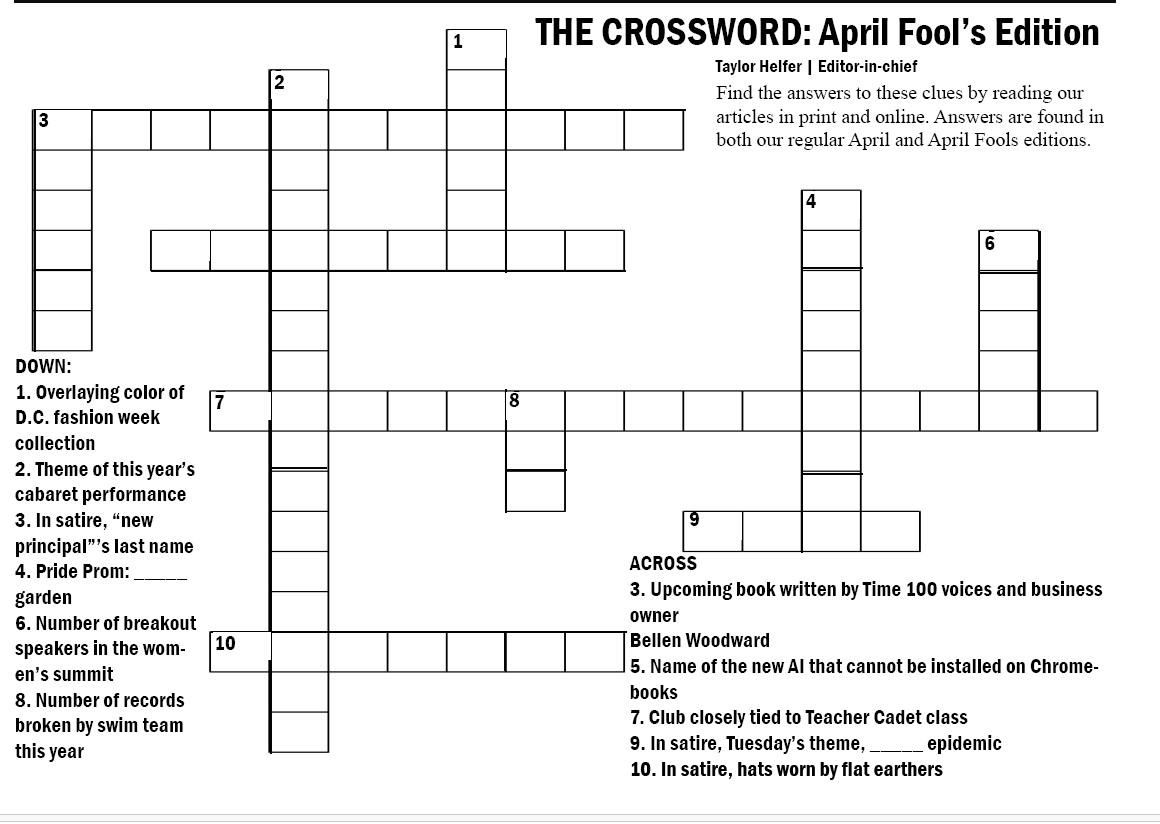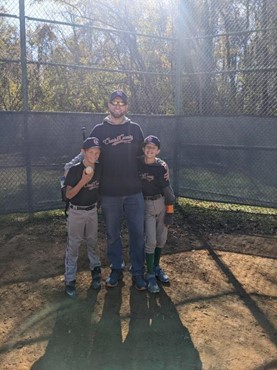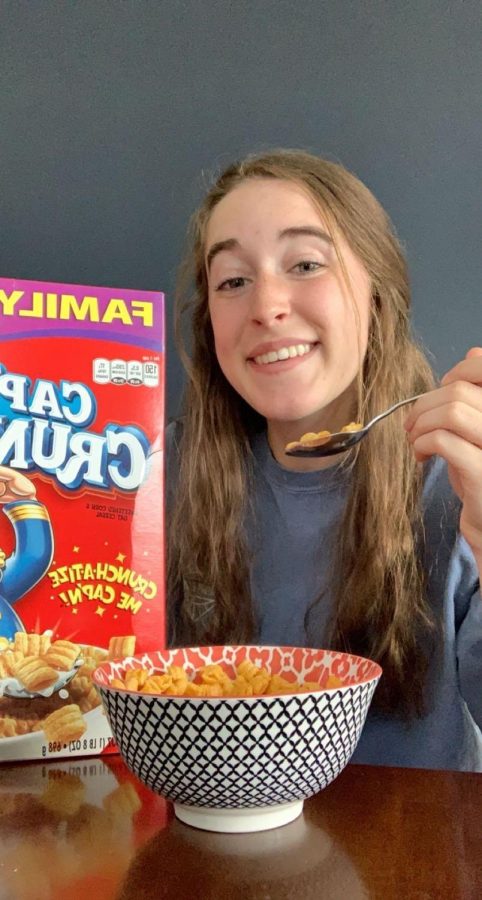While most people may not have heard of him, Richard Mintz has left an undeniable mark on music in the last fifty years. Working with everyone from Queen to Pink Floyd, Mintz has been lucky enough to witness history during his career. Additionally, he has also saved millions of lives from his work in the 1980’s to the present, developing various medical devices.
Early Life:
Raised in Long Island, NY, Mintz was very interested in science and music, two interests fueled by his father, who worked as a dentist and was big on having the best stereo equipment in the house.
“My whole family was interested in music,” Mintz said. “My sister was a piano teacher and I also took lessons when I was around nine. Music was always being played in my house, live or recorded.” Mintz and his father also built speaker enclosures and experimented with “what we thought were innovative designs,” according to Mintz.
Mintz began building stereo equipment kits on his own when he was 12. Around this time he also began learning to play drums, something he still enjoys doing to this day. “My parents were dead set against me playing the drums. But, I had a good sense of rhythm and dexterity and it was natural for me to play. I played on a practice pad for a few years and then bought a drum set with chore money saved, that I set up in the garage,” Mintz said.
Mintz said that his favorite drummers are Buddy Rich, Billy Cobham, Dave Weckl, and Steve Gadd. All four of them have had extremely decorated careers and are all in various drumming halls of fame.
Mintz’s drumming abilities allowed him to join his first band when he was 15, and he eventually became good enough to play at weddings and clubs. These experiences made Mintz the go-to guy for other musicians having trouble with their guitars. “I learned a lot over my teenage years,” Mintz said. “On the job experience was great…my experiences made me knowledgeable in what sounded good and what sounded bad.”
Mintz then went to college as a pre-med student, aspiring to become a dentist like his father. “I was in pre-med for about two and a half years and started to tire of memorizing textbooks and never getting a chance to apply any of this knowledge. I wanted to use my hands and operate,” Mintz said.
Mintz then went into engineering, hoping the combination of medicine and engineering would take him into the field of biomedical engineering. However, his plans were interrupted by the raging Vietnam War. “I had to work in the defense industry. I designed arming devices and fuzes for bombs and rockets. I quickly became an expert in this field and some of my designs are still in use today,” Mintz said.
Breaking into the industry:
While working as a mechanical and industrial engineer, Mintz shared an office space with a coworker who shared his love of stereo equipment and high-quality speakers. With their combined engineering skills, they invented a product that could show the user how much power their amplifier was putting out, helping them to get a desired sound from their instrument, and started a small production run from Mintz’s parents basement.
Mintz’s first of two big breaks came when his best friend Stu, who worked at the famous Manny’s Music Store in New York City, asked Mintz to make a note sustainer for guitarist Leslie West. The note sustainer made it possible for guitarists to make clean notes on their guitar appear louder for longer periods of time. After Mintz made one for West, Manny’s Music ordered 100 more sustainers. At the same time, word was getting out to other musicians about the sustainer.
“We began to meet a lot of famous musicians and worked with them to improve this product and make different equipment as well,” Mintz said.
One of these musicians Mintz got to meet was Jimi Hendrix, who is often regarded as the greatest guitarist of all time. “While my friend was getting guitars in place for Jimi to try, we sat down together and talked about effects, etc. He was sitting two feet from me, playing the guitar through some effects that I was experimenting with that I [had] brought with me. I was so nervous! He was a very nice guy and we hit it off well…Tragically, he died shortly after that,” Mintz said.
Hendrix ended up purchasing many guitars, effects pedals, and lots of guitar strings and cords from Manny’s over the years.
Mintz noted that he did have a few pictures of the meeting, but they were destroyed in a house flood.
Mintz was also lucky enough to meet The Who’s Pete Townshend during his time at Manny’s. “We chatted about amps and guitars for a while…and shortly after, I was invited to concerts by his road manager,” Mintz said.
As if going to the concerts wasn’t enough, Mintz was invited to have dinner with Townshend and eight other people at a restaurant near 48th Street in New York City. “I was seated a few seats from Pete. It was mainly small talk about his tour, recording studio, playing techniques, etc. I was mainly listening. I do remember someone ordering this spectacular, very expensive bottle of French red wine,” Mintz said.
Another musician Mintz got to meet with was David Bowie, who was another regular at the store. “I was introduced to him with his purple hair and we chatted for a few minutes,” Mintz said.
Bowie’s road manager was able to hook Mintz up with free tickets several times.
One day while at Manny’s, Mintz was introduced to the president of Gibson, one of the biggest guitar companies. Mintz was invited to Chicago to meet with a marketing manager to manufacture 1,000 sustainers for a Gibson subsidiary, Maestro.
“To make a long story short, I borrowed money from my parents, quit my job, found a small factory space, employed two people, ordered parts and went into business. I was 25-years-old, married and had a child on the way…I was very overwhelmed,” Mintz said.
Mintz’s sustainer came out in 1971 as “The Maestro SS-1 The Sustainer 18v Compressor/Sustainer.”
“Teacher of technology:”
Mintz Remembers guitarist John McLaughlin, also known as Mahavishnu, as the first musician he worked for that he established a friendship with. McLaughlin and his Mahavishnu Orchestra band were known for their use of odd time signatures and overall musicianship. “No one in John’s entourage was too technical, so I was the informal ‘teacher’ of technology…I spent time with John working on his desire for a unique sound. I attended dozens of local concerts and recording sessions, and was tech advisor as well as helping carry equipment,” Mintz said.
Another great experience Mintz had with a famous musician was at a trade show when he met Les Paul. Paul was famous as a jazz and blues guitarist and had a Gibson guitar named after him back in 1952. The Les Paul guitar helped shape the sound of rock n roll in the ‘50s and beyond, being used by guitarists like Elvis Presley, George Harrison, and Jimmy Page.
“[Paul] asked if I played guitar and I said ‘a bit.’ He handed me a guitar and he started to play and he called the chords I was supposed to play. I was sweating! It lasted about fifteen minutes, but what a thrill,” Mintz recalled.
It was around this time that Mintz met Lee Dickson and Phil Taylor, the guitar technicians of Eric Clapton and Pink Floyd guitarist David Gilmour, respectively. Mintz is still friends with both Dickson and Taylor, staying in contact with them to this day.
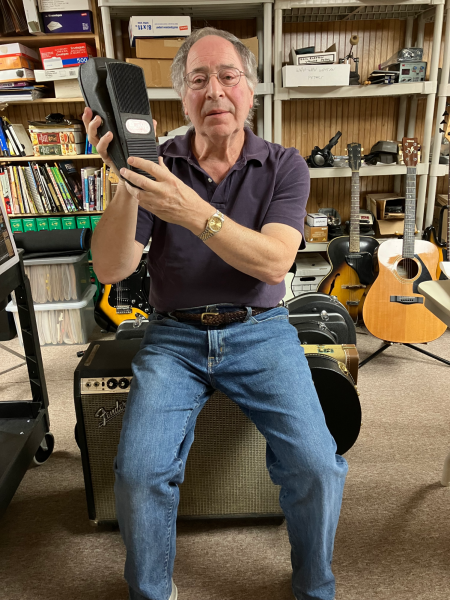
Moving on from music:
Despite being so involved in the guitar world for a decade, by the 1980s, competition from Far East markets made making any profit difficult for Mintz, so he went back into medicine. His accomplishments in medicine are what he considers his greatest achievement in his career. “I had always been interested in the medical field, so I decided that to keep my imagination fruitful, getting into medical devices was something to try. I had a friend who asked me to help him design a new medical product and it took off from there,” Mintz said.
One product Mintz perfected is known as an ambulatory infusion pump, which is a device that dispenses medication into the patient that wears it 24/7. It can dispense everything from chemo drugs to antibiotics.
“I met world-renowned medical doctors and collaborated with them on various projects. To be in the same room as these people was quite humbling,” Mintz said.
Another device Mintz helped develop is a syringe that locks after one use, helping to prevent the spread of viruses like AIDS and hepatitis. Billions of these syringes have been produced for use around the world. “Millions of lives were spared,” Mintz said enthusiastically.
Recently, Mintz has gotten back into the music world. His latest work has been providing tech support for Gilmour on his upcoming “Luck and Strange” tour. He still enjoys listening to many of the 70’s and 80’s bands whose music he influenced, such as Eric Clapton, Pink Floyd, Jeff Beck, and Joe Bonamassa. He also listens to much of the jazz and classical music he has listened to for his whole life, as well as heavier bands like Metallica, Foo Fighters, and The Red Hot Chili Peppers.
Mintz estimates that 70-80% of “big bands” in the ‘70s used his equipment. When one considers the kinds of acts that were around then, it’s truly incredible.
Mintz hopes to continue his career for as long as possible. “I overcame my basic shyness once I realized that I also had a lot to offer and that no one was ‘better’ than me. Everyone has their place in the world and you have to keep thinking that you are as special as anyone else,” Mintz said.



